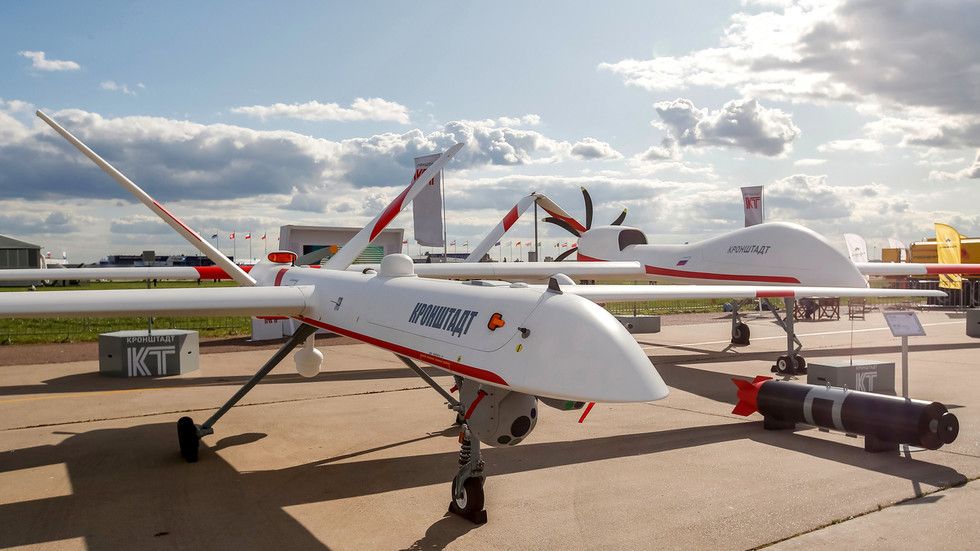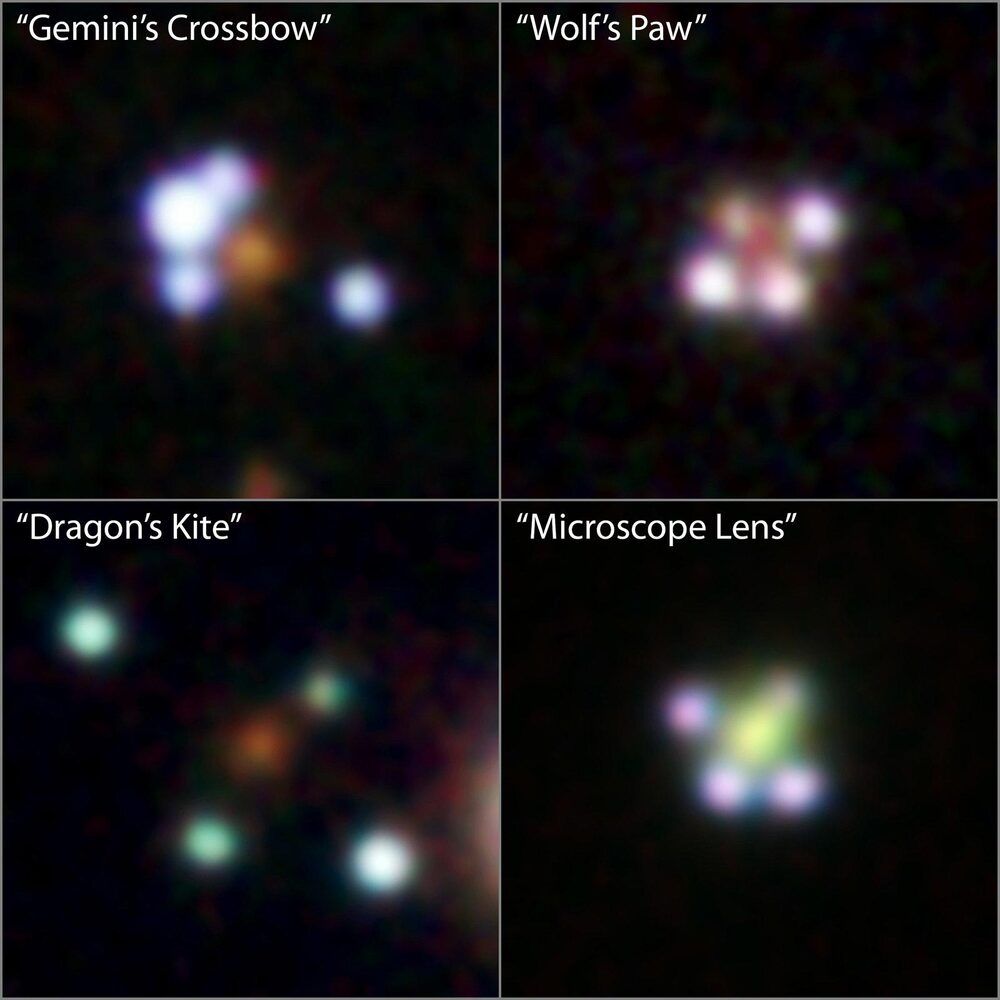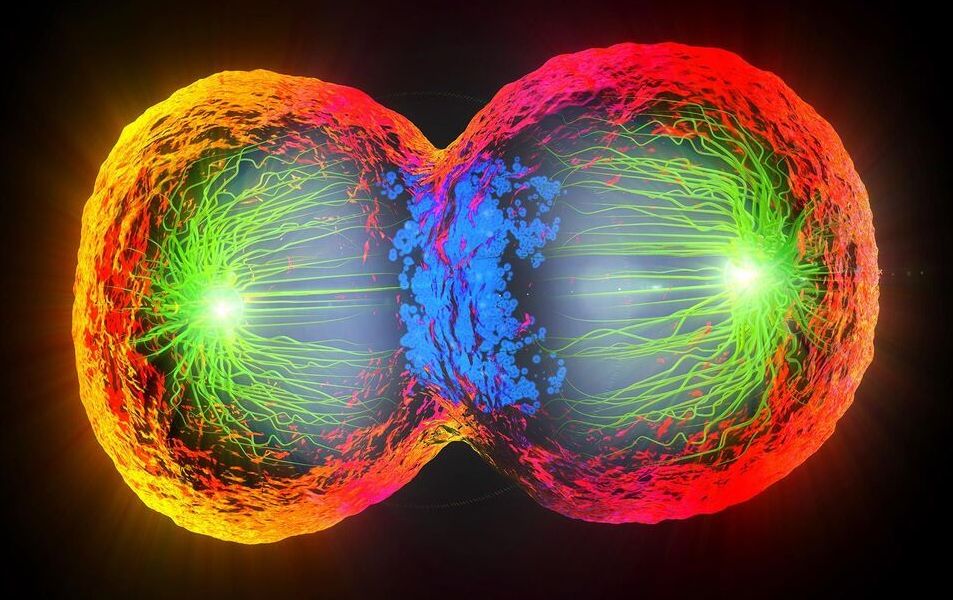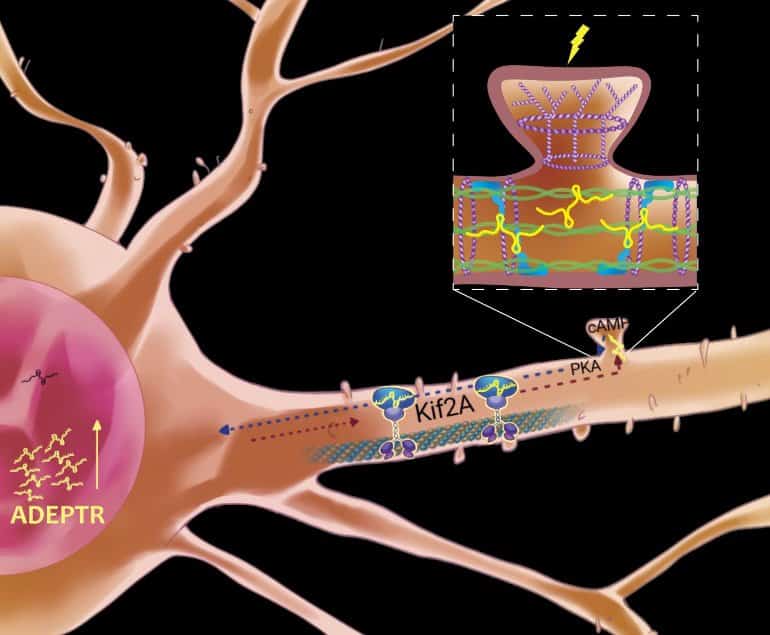https://youtube.com/watch?v=KLmmPnMvwNY&feature=share
‘Weapon of Mass Destruction’ is a term used in arms-control circles signifying something capable of damage on a large scale and subject to international treaties. Analyst Zak Kallenborn argues in a recent study for the U.S. Air Force Center for Strategic Deterrence Studies that some types of drone swarm would count as WMD. The argument might seem like the theoretical arms control equivalent of angels dancing on the head of a pin — except that the U.S. Army is working on a lethal swarm which fits Kallenborn’s description. Watch the video for more: https://youtu.be/KLmmPnMvwNY
The massive THANKS YOU to everyone for watching and all of your support!
Related Topics:
#AmericanMilitaryTechnology







